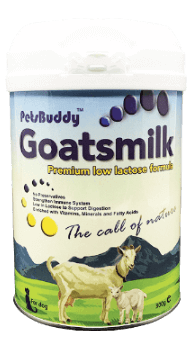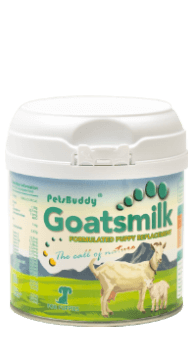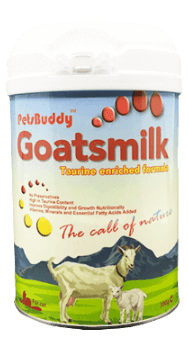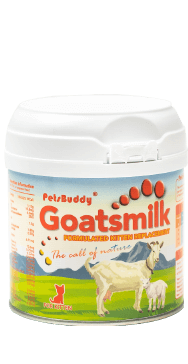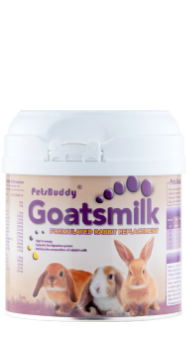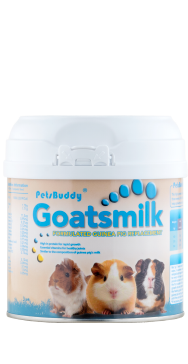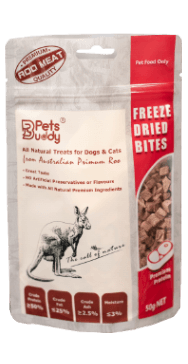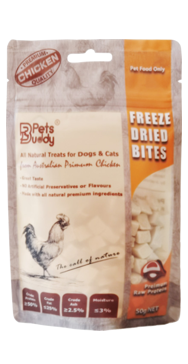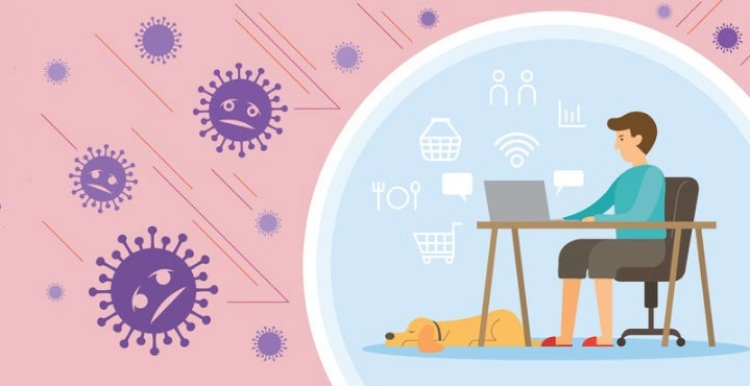Well before the COVID-19 pandemic disrupted every aspect of life and business as we know them, e-commerce was enacting its own form of disruption, including in the pet food market. Over the last few months, with most people around the world quarantined or sheltering at home, online purchasing in every category has soared, and some experts are projecting that new shoppers to the channel may decide to stick with it because of convenience, pricing, ongoing concern over COVID-19 or some combination thereof.
A new report, however, casts some doubt on that theory.
E-commerce struggles and friction for new customers
Collected via its platform, according to Quantum Metric, the data come from a sample of 32 million online browsing sessions on “broad-category retail sites” in March 2020; for comparison, the firm also looked at 50 million browsing sessions from March 2019. Year over year, mobile shopping in March 2020 increased 56%, while desktop grew 52% compared to March 2019, which saw 35% and 43% increases, respectively, over 2018. The difference between growth rates in mobile between the two years indicate that during pandemic-related shutdowns and panic buying this year, people particularly flocked to shopping on their phones. That’s the good news. “Unfortunately, a surge of new visitors has also resulted in a surge of customer struggle and friction,” the report reads. “Cart abandonment, frustration rates and error rates were all much higher this March compared to last March.” Specifically, new customers abandoned their online shopping carts 62% more, experienced 52% higher frustration and 12% more errors. “This may result from a lack of inventory, new visitors to sites not optimized for digital conversions or the negative impact of peak traffic on performance,” according to Quantum Metric. In addition, the data suggest that online shoppers are adopting more of what Quantum Metric calls “goal-oriented behaviors,” such as searching (up 11%) vs. simply navigating through a site (down 31%). It also includes making purchasing choices faster, which Quantum measured by tracking the average product views before adding a product to the cart and the average product hits per search; both declined, by 47% and 6% respectively, indicating quicker decisions. Another behavior to look at is average time to complete checkout; that decreased from 13 minutes to eight on desktops and from nine minutes to six on mobile.
The bottom line? Average order values are lower, at just over US$70 compared to over US$100 in 2019. “This reflects the current customer tendency to shop more frequently but for fewer items, which is akin to making quick trips to the grocery store,” the report concludes, recommending that online retailers focus on search, personalization, cross-selling and new visitor journeys, while optimizing for fast shopping and identifying performance impact.
Pet food e-commerce surge: timeline uncertain
Online sales of pet food in the U.S. soared 77% in March 2020, said Sean Simpson, associate client director of the pet vertical for Nielsen, during a Petfood Industry webinar. In just one month, from February to March 2020, online pet food sales jumped US$281 million, more than 51%. Subscription purchases of pet food also increased 28% from February to March; it’s too early to know if those gains will continue as more areas start to open up from lockdowns and quarantines.
More recent pet food e-commerce data is available
from Packaged Facts. The research firm found that nearly half reported purchasing pet food digitally within the past three months, either on an e-commerce site or via an app.
Though app shopping is still low for pet foods – 18% for dog owners, 15% for cat owners in the last three months – that percentage seems to be rising, consistent with strong style="text-decoration: underline;">Quantum Metric’s data on mobile e-commerce overall. With pet owners, David Sprinkle, publisher and research director for Packaged Facts speculated that the increased use of apps could signify a “gradual and generationally driven changing of the guard.”
